Standing in a four-way conversation with Hugh Jackman, Shawn Levy, and Glenn Derry, I was thrilled and a little star-struck. Shawn, most notably was the director of Date Night and Cheaper By The Dozen, Hugh Jackman the Wolverine in X-Men to name a role, and Glenn Derry INVENTED the technology used on Avatar (more details on that below). These are the big wigs. I was basically mute any time we talked as a group, just taking instructions, but I got to work on the floor and watch Shawn’s every move, talk with Glenn and his assistant cameraman about the lenses they use and the amazing real-time motion tracking (more below), and even chatted over lunch with Hugh about Michigan and coffee. Bragging? Hardly. What will be ingrained in my mind as some of the most exciting interactions of my life, will likely go unremembered by these industry mega-forces. Oh well, on to the techie stuff!
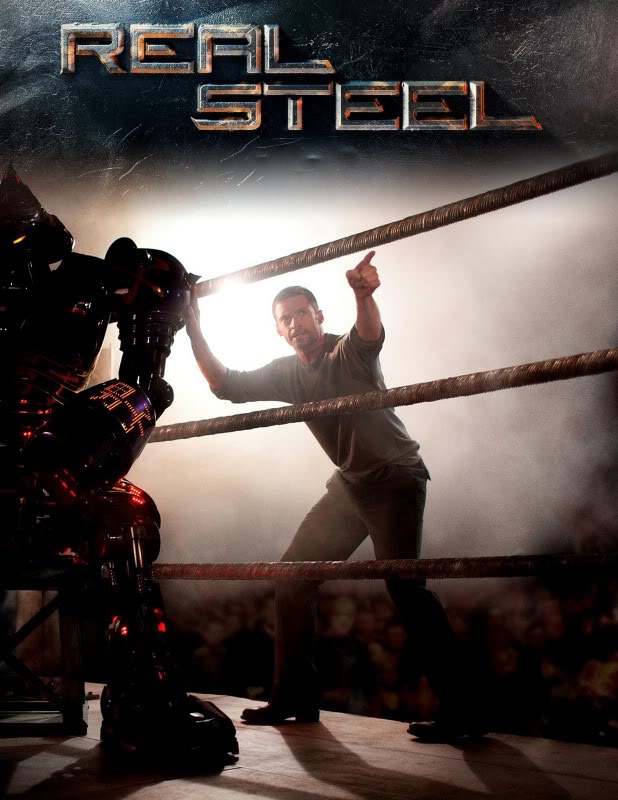
My first day, I walked into the Cobo Arena downtown Detroit, where a huge artificial boxing ring had been built for fighting robots. It was surrounded by about 20 rows of fans, and behind them, a green screen wrapped around the wall. This green screen would be replaced in editing with a colosseum full of thousands of cheering fans.
A clip of Cobo Arena during production:
A clip of Cobo as the final Real Steel arena:
While shooting the fight scenes, no actual robots were on the boxing ring stage. The robots would be added in post-production. Therefore, Josh Mclaglen, the assistant director, had to wave around a baton with an orange ball on the end to show the crowd where to look and where to cheer. This is where the robots would eventually be once animated.
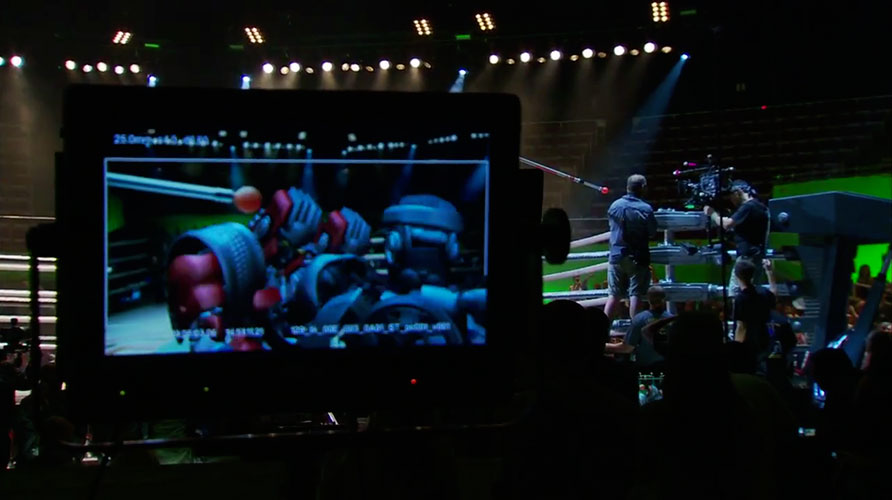
This all made sense to me. What I saw next didn’t, and it blew my mind.
I walked over and saw the video monitor that Shawn Levy (the director) was watching. On his screen, he saw the crowd, the boxing ring, AND the actual robots fighting, and the thousands of rows of artificial fans! It looked like the final movie. Now this may not be that exciting to those who understand how green screens work and how pre-recorded animations can be composited over live action footage (even in real time), but… THE CAMERAMEN WERE MOVING! All over! The cameramen were like ballerinas on the boxing ring, dancing from corner to corner, and the “virtual camera” that was showing the super-imposed virtual robots was following the exact movements of the cameramen! Each camera had red or white tracking points on it, and there was a huge ring of 20-30 mini-cameras around the ceiling that were tracking the main cameras!
I wish I had pictures of it. Basically, on Shawn’s screen, they were making a movie in real time. There were boxing robots, thousands of fans, and everything was being color corrected in another room in real time. It was like the director could see the final product of a mixed CGI and live-action movie AS THEY WERE SHOOTING IT!
This blew my mind for multiple reasons. First, it’s changing the way we can shoot movies that mix animation and live-action. Second, it opens up a whole new industry, where animations can be interacting with real people in real time. Imagine going to see live theater, but there are huge projected screens that have animated movie scenes that interact with the live actors. One moment, you think you’re watching a movie, the next it’s happening live, and the next, the two are interacting in real-time.
I’d like to think that this could be the future of our entertainment. I hope this is inspiring for you to think about; storytelling experiences that are as powerful and engaging as today’s best movies but are actually happening right in front of you. It’s a much advanced version of something else I’ve been very excited about. I posted a drawing a while back of my thesis concept, a live movie musical. It’s beginning to take shape! I hope it won’t be long before I begin posting about it.
Thanks for indulging my excitement in this movie. I honestly have no idea if it is good, because I haven’t seen it! I plan to soon. And by the way, my brother in law Davey was the runner up for the lead part. I was there to see the acting scenes… Davey should’ve gotten it… just sayin’
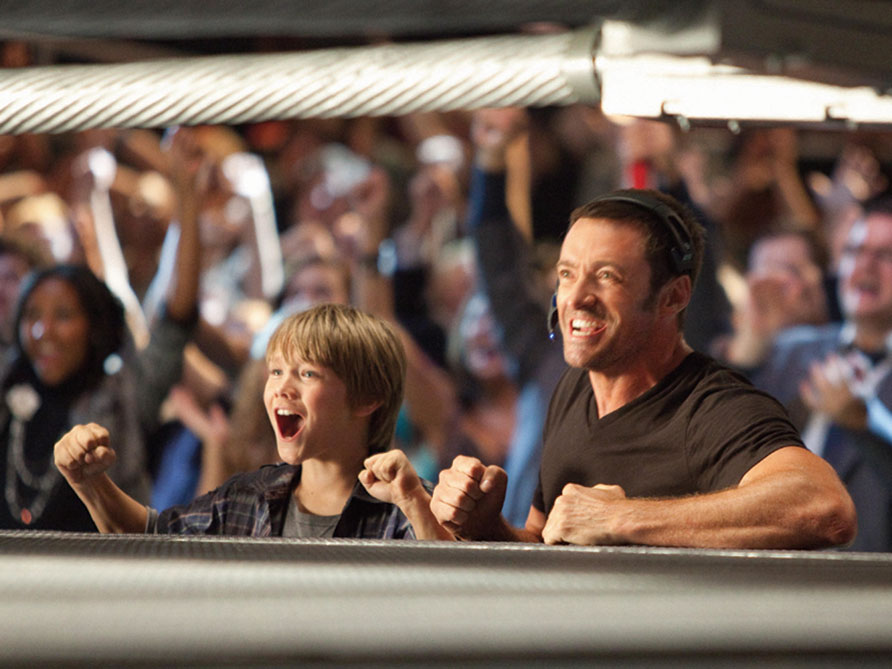
For all you EXTRA-techies, continue on for more on motion tracking and behind the scenes!
Here, you can see the markers attached to the camera for the realtime camera tracking, which makes “realtime previs” (pre-visualizing animation during production) a reality. 
This is the device used for realtime color grading. (It’s a “DaVinci Resolve”)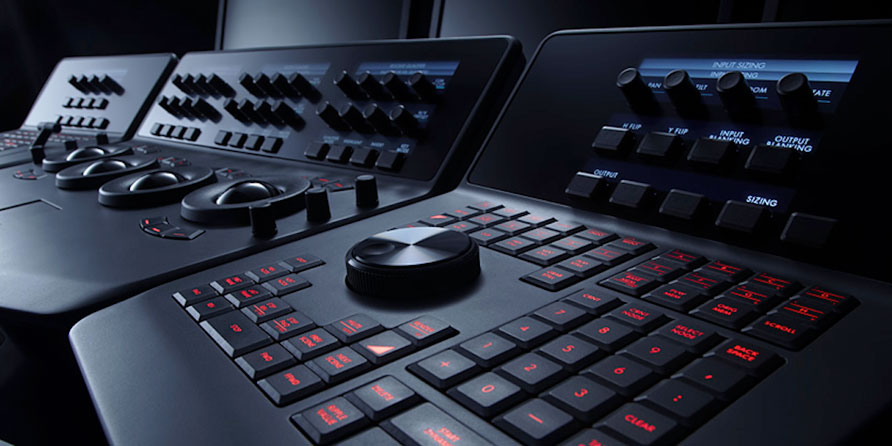
This is Shawn and the mega digital camera (the whole movie was shot digitally, which is required for PreVis).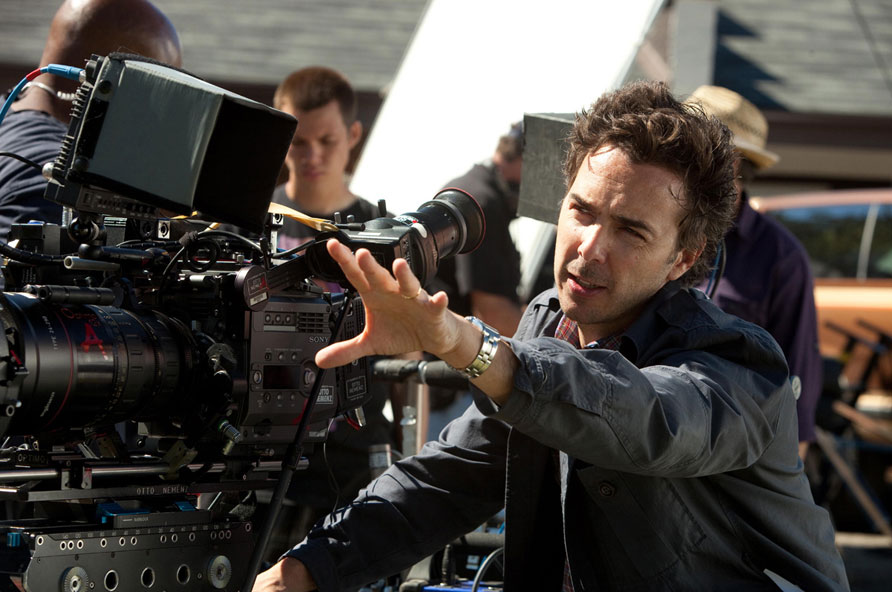
And last but not least, a pretty awesome video on the sound of Real Steel. I think I found my silhouette at 1:27!The Sound of Real Steel from Michael Coleman on Vimeo
Hope you enjoyed learning about realtime motion capture and daydreaming about the future of entertainment!
What do you think? With realtime technologies improving, will live movies someday take over?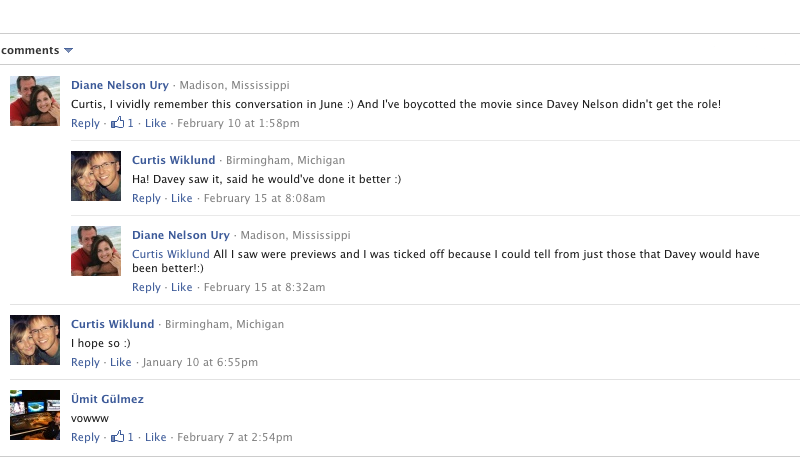


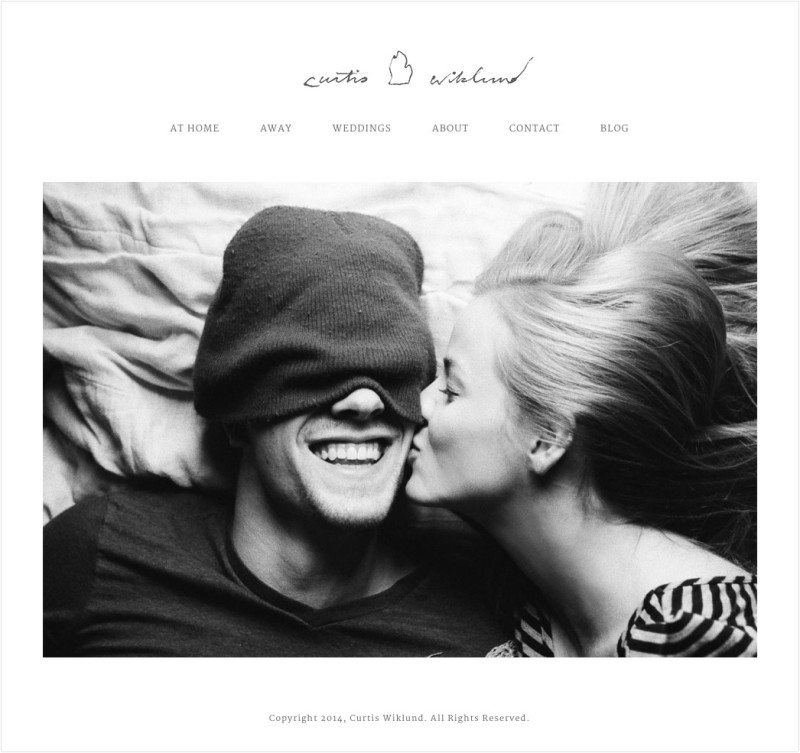
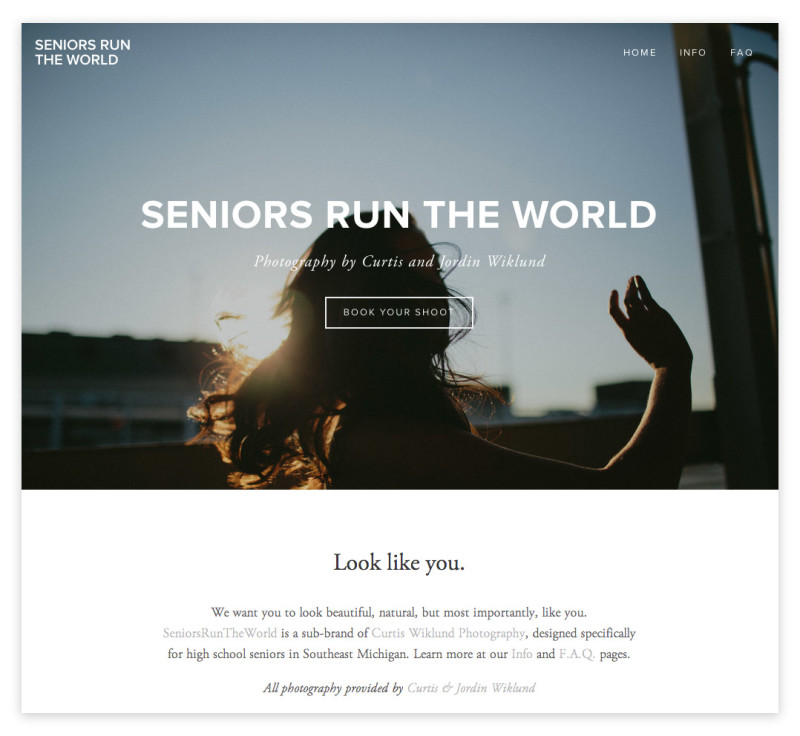
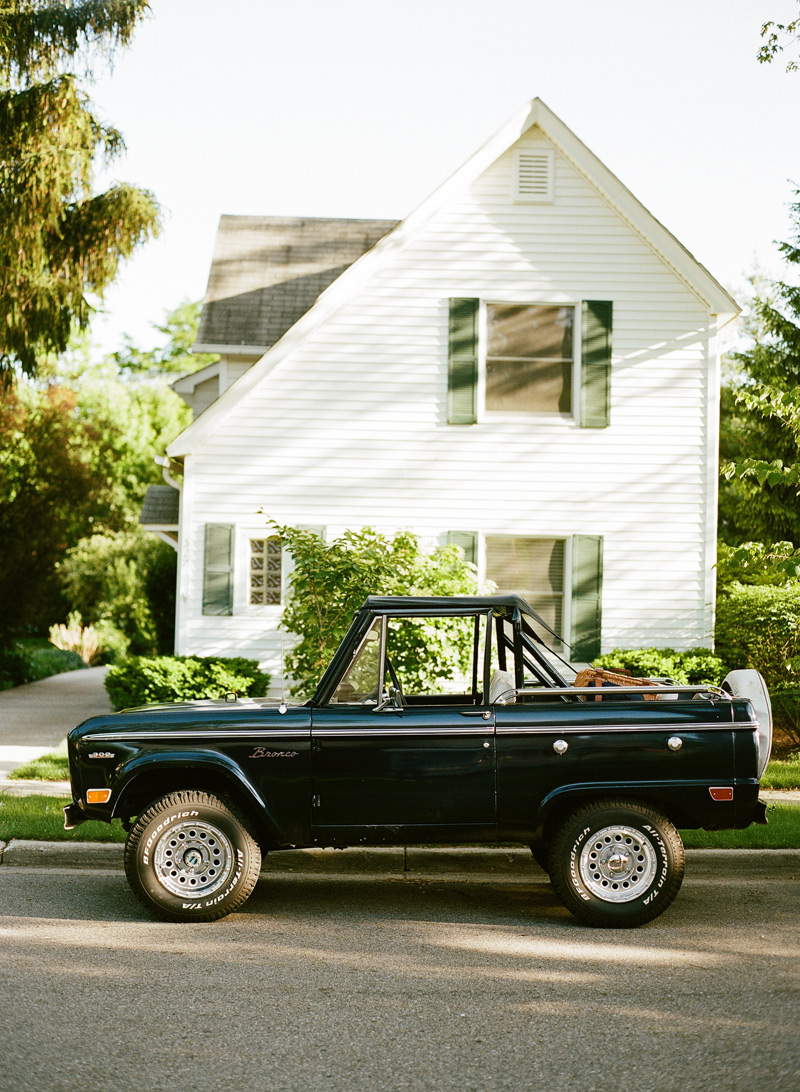
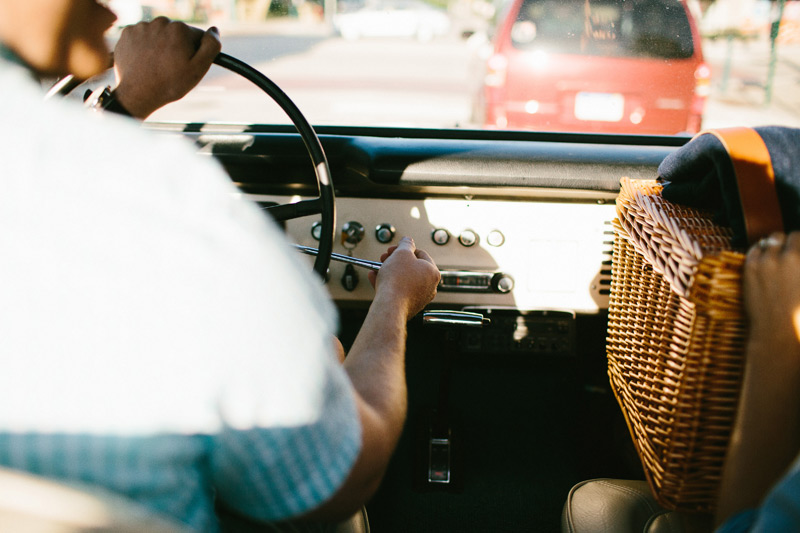

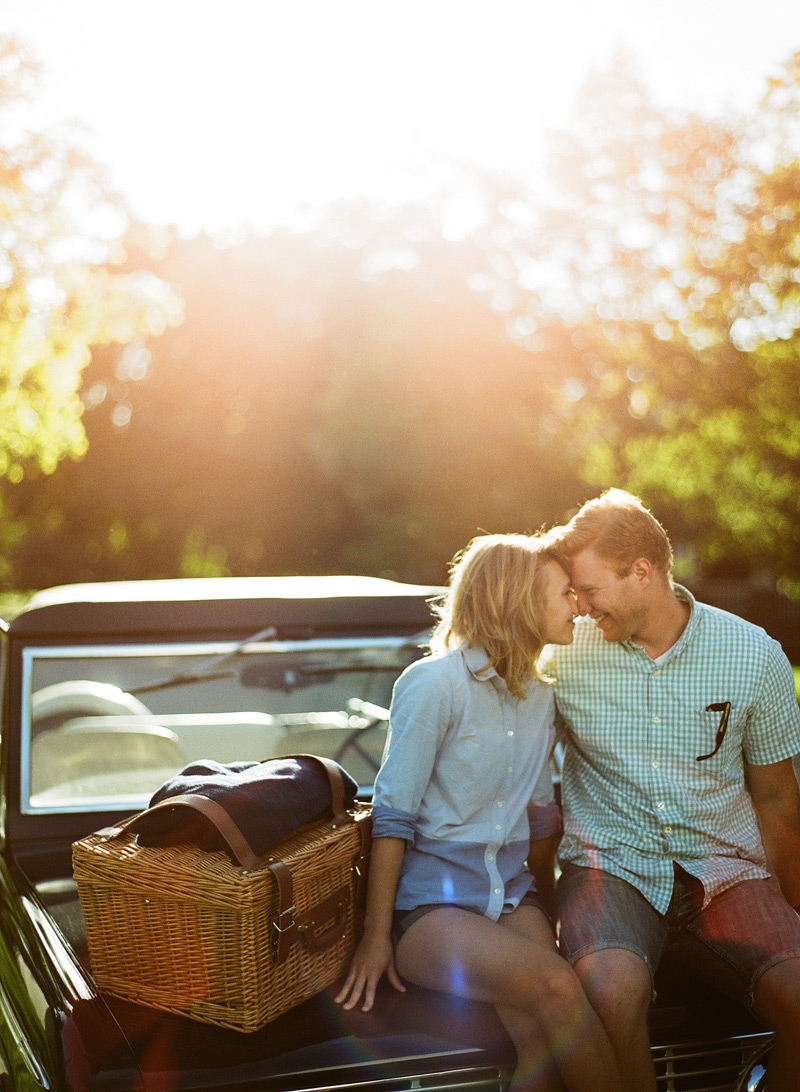
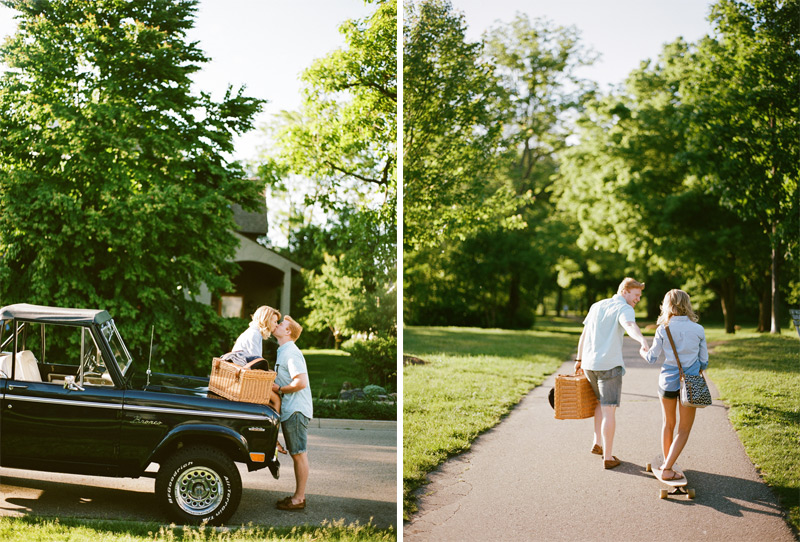
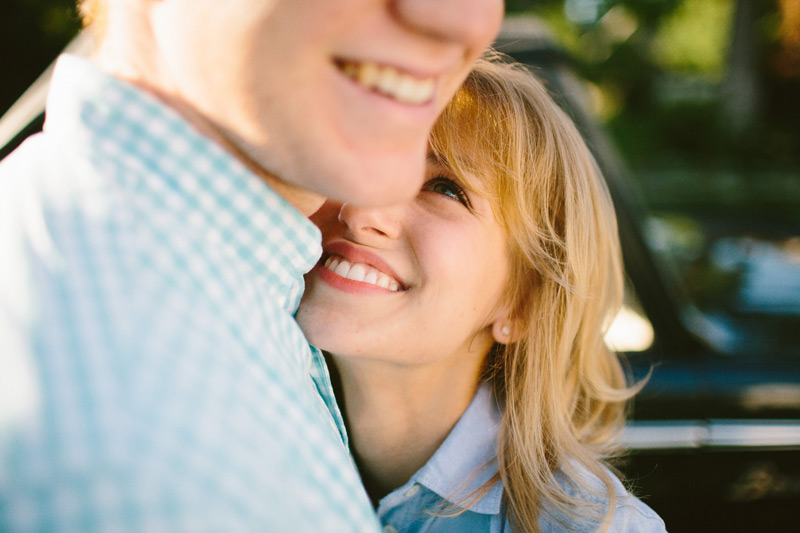
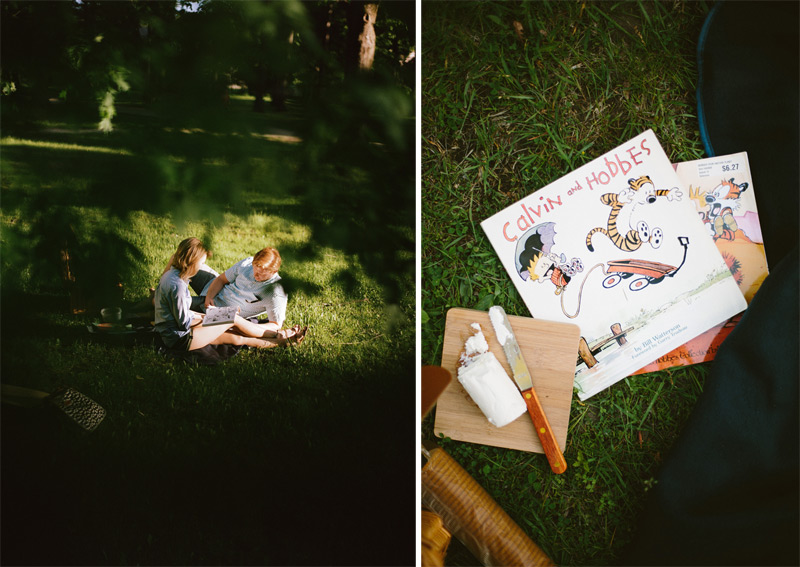
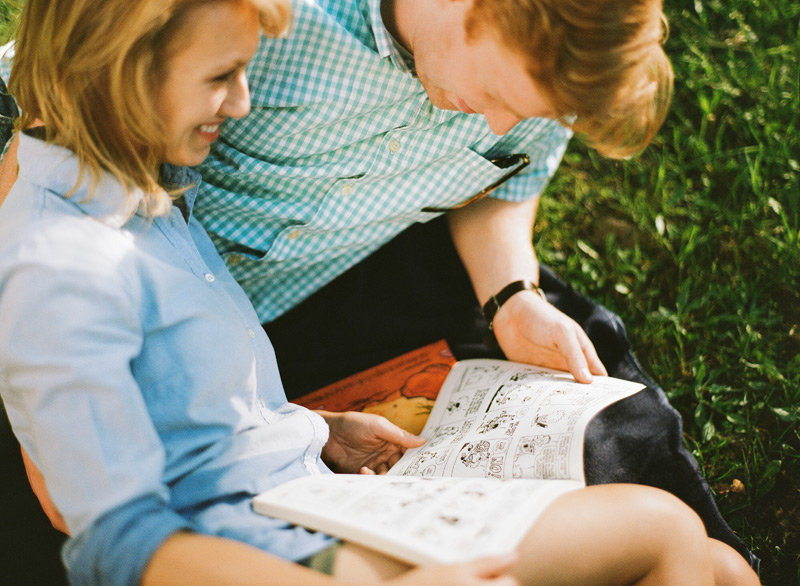
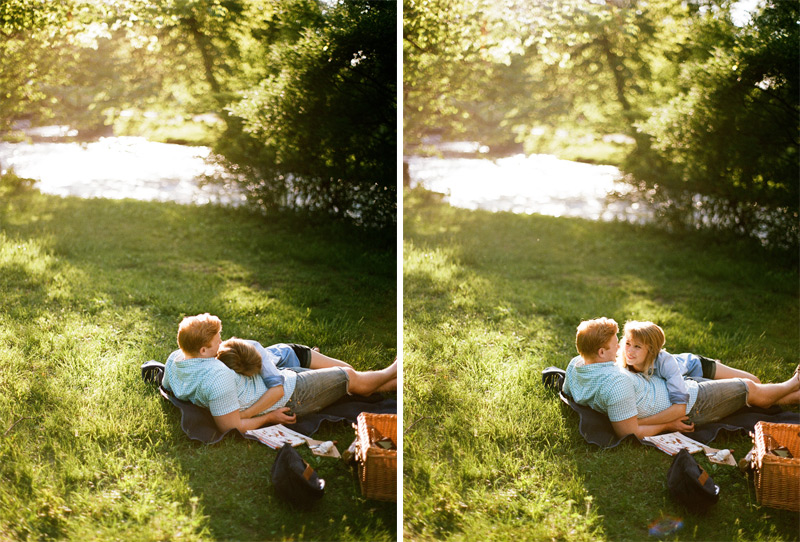
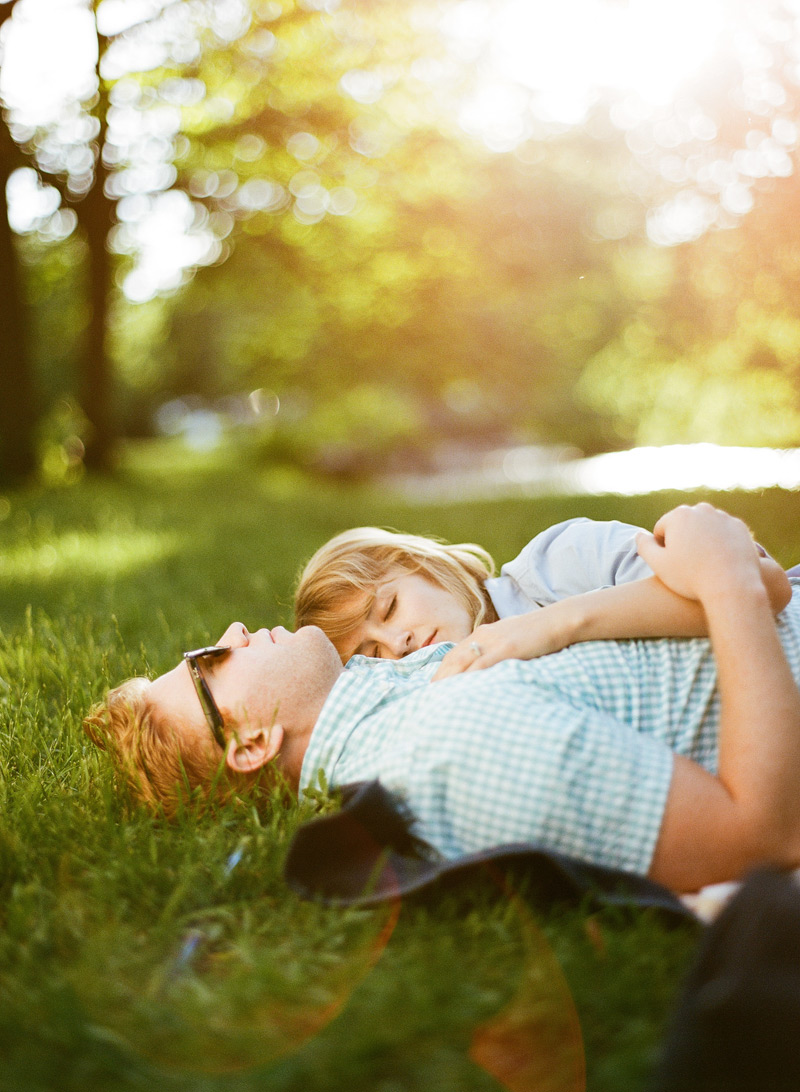
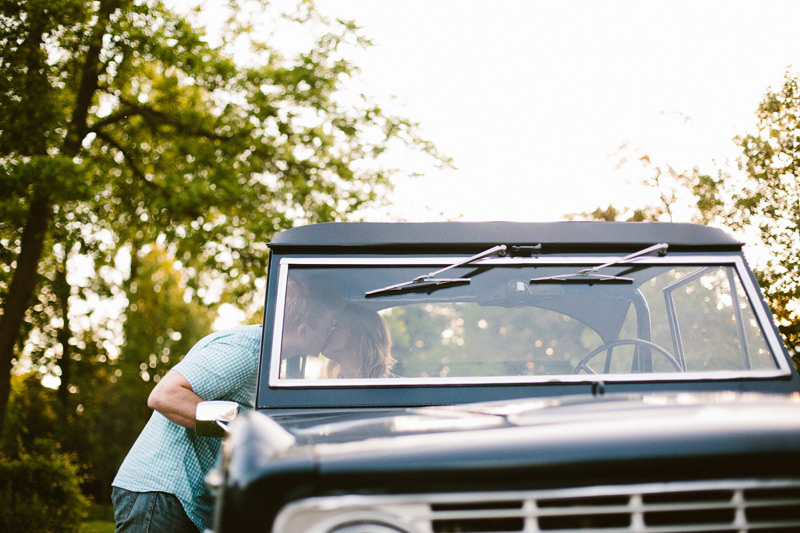
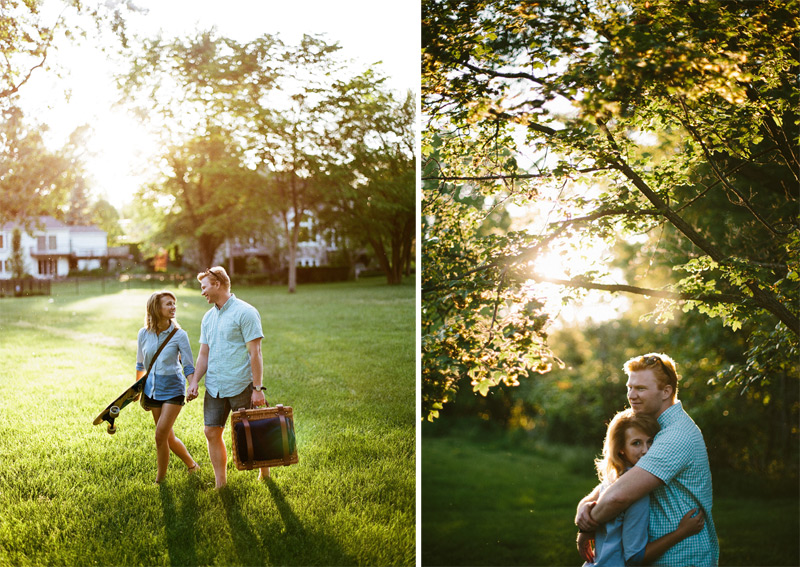












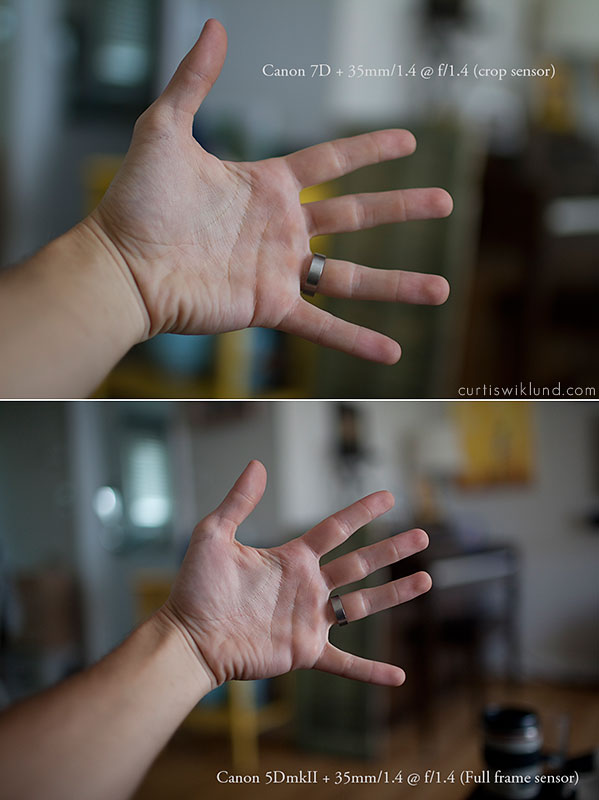
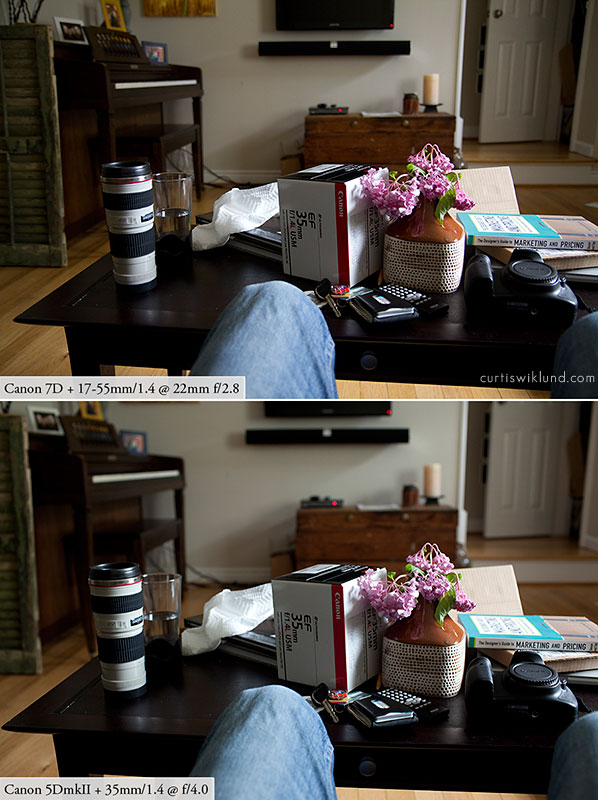
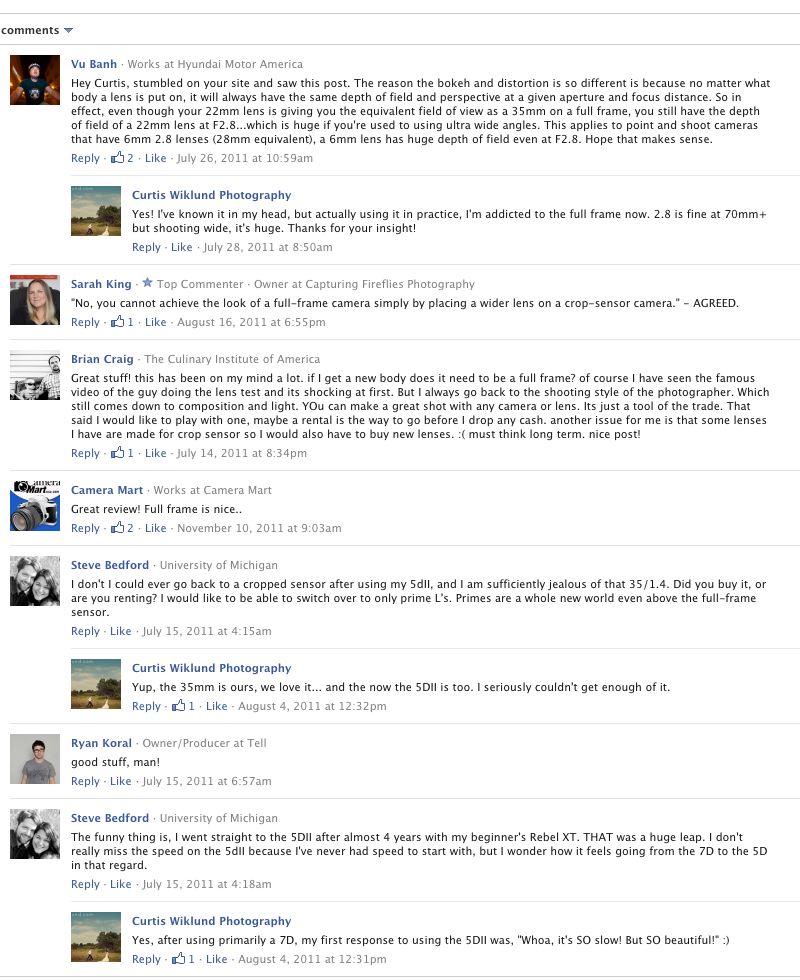
Life with Kaishon - Interesting : )
I don’t ever want a full frame camera. I am happy with what I have : )
Stacey Sargert Zahn - I have a 7D. Loved my 50mm 1.8 but felt too tight at times so I upgraded to a 35mm 1.4 L. LOVE! Got lucky and found a brand new Mark ii that someone would trade for lessons for their Miii. Really want a Miii but a deal I just can’t pass up.
Comparing the two speed hasn’t been an issue. Used the Mii for sports once but the reason I went back to the 7D was for the extra reach it gave me with my 70-200. Main issue: I TERRIBLY miss the 19 point focus of my 7d. The Mii’s 9 point seems so old school! Very hard to quickly get the spot focus to the diagonal points, very annoying! I also really miss the pop up flash. I don’t own a big flash because I love wide open apertures with natural light. But when I’m being lazy and want a quick shot while out with friends or at my kiddos school and hate not having access to a flash!
I have never bought into the full frame vs. cropped issue that you can’t get the same look by using a different size lens. I would just compensate… bought a 35mm for my 7D instead of a 50mm, etc. I actually like always having extra length on the long end so I actually seem to prefer cropped.
Having said that what I do already see a difference in during the past few weeks of shooting with both is image quality is better on the Mii. And it seems to be so much easier to get it right SOOC with the Mii vs the 7d! Don’t now if I’ve just got lucky but lighting, coloring, skin tone…. all seem like a piece of cake with the Mii.
Stacey Sargert Zahn - Steve Bedford, I bought my 35mm L straight from Canon, refurbished. It was like brand new! LOVE LOVE LOVE!
Anonymous - so point is FF just looks better unless you match the aperture and focal length then they look exactly the same. Lets replace the words FF in your post with medium format and the words “crop sensor” with FF and your post will be future proof…till 2020. Kind of pointless don’t you think? But I get it, apple is better than oranges because you spent more on an apple.
Tim Bronson - Hey Curtis I have a question about the colors in both of the hands pictures. I can’t seem to figure out how you get the color to look like that. Are you taken the RAW image and applying a filter in lightroom or something? The colors are just so flattering and detailed and I like to know how I can get these colors in my images. I shoot with a Nikon D7000. I don’t know if that part matters
David Hoffman - I completely agree! This is the first article I’ve seen that articulates this fact. Nothing compares to full frame :)
Curtis Wiklund Photography - If you match the aperture and focal length, they DO NOT look exactly the same (second to last paragraph). And yes, you are exactly right, this is the same comparison as between full frame and medium format. I shoot a Contax 645 and love medium format for pretty smeary color, but prefer cheap 35mm for black and white to get the gritty black and white look that I like. Keep experimenting and you’ll find what you like regardless of what other people do or whether it’s cheap or expensive. Just try different formats out and go with your gut, experimenting is never pointless!